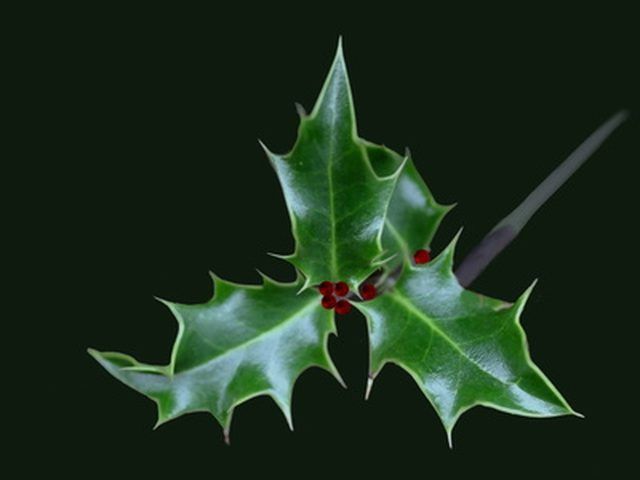Bulbs
Flower Basics
Flower Beds & Specialty Gardens
Flower Garden
Garden Furniture
Garden Gnomes
Garden Seeds
Garden Sheds
Garden Statues
Garden Tools & Supplies
Gardening Basics
Green & Organic
Groundcovers & Vines
Growing Annuals
Growing Basil
Growing Beans
Growing Berries
Growing Blueberries
Growing Cactus
Growing Corn
Growing Cotton
Growing Edibles
Growing Flowers
Growing Garlic
Growing Grapes
Growing Grass
Growing Herbs
Growing Jasmine
Growing Mint
Growing Mushrooms
Orchids
Growing Peanuts
Growing Perennials
Growing Plants
Growing Rosemary
Growing Roses
Growing Strawberries
Growing Sunflowers
Growing Thyme
Growing Tomatoes
Growing Tulips
Growing Vegetables
Herb Basics
Herb Garden
Indoor Growing
Landscaping Basics
Landscaping Patios
Landscaping Plants
Landscaping Shrubs
Landscaping Trees
Landscaping Walks & Pathways
Lawn Basics
Lawn Maintenance
Lawn Mowers
Lawn Ornaments
Lawn Planting
Lawn Tools
Outdoor Growing
Overall Landscape Planning
Pests, Weeds & Problems
Plant Basics
Rock Garden
Rose Garden
Shrubs
Soil
Specialty Gardens
Trees
Vegetable Garden
Yard Maintenance
Holly Leaf Identification
Holly Leaf Identification. When identifying plants, leaves are a good characteristic to use, since they are present on the plant for more of each growing season than flowers or fruits. In examining leaves, it is important to look over the entire plant. Sometimes leaves vary from one part of a plant to another, so notice common characteristics....

When identifying plants, leaves are a good characteristic to use, since they are present on the plant for more of each growing season than flowers or fruits. In examining leaves, it is important to look over the entire plant. Sometimes leaves vary from one part of a plant to another, so notice common characteristics. Variations occur notably in size; the largest leaves of some hollies can be up to double the size of the smallest.
Leaf Margin
Leaf margin means the leaf edge. Hollies are known for having leaves with spines up to an eighth of an inch long along the edge, but this is not universal. Japanese and inkberry hollies have smooth edges. Chinese holly has spines, but the number of spines present can be as few as two, and the margins curl back in between the spines, making them more dramatic. Lusterleaf holly has many more thorns than other varieties that are also tiny compared to others.
Leaf Shape and Size
Holly leaves are usually evenly oval, though this can be obscured by spines. The oakleaf holly is less even, narrowing gradually from its widest point to suggest an almost oak-like shape. Leaf size can vary from the Japanese holly, with diminutive half-inch long leaves, to the more common 1-inch to 3-inch long leaves of the inkberry, English and Meserve hollies to the lusterleaf holly, with leaves measuring 4 to 8 inches long.
Leaf Growth Habit
Holly leaves are considered to be alternate. This means that the leaves grow from nodes, or small bumps in the stem, that occur one at a time and alternate which side of the branch they extend from. Leaves are generally fairly densely packed on the shrub and fill in quickly when the shrub is pruned back. Most varieties of holly are evergreen, but some, like the winterberry holly, are deciduous, losing their leaves each winter.
Leaf Color and Texture
Holly leaves are usually glossy and dark green, although some varieties make subtle shifts. Oakleaf holly starts spring in a red-purple color before changing over to green. Blue holly gets its name from the bluish tint its dark green leaves have. Traditional English holly has a pale yellow stripe around the edges, while other varieties of the cultivar have different variegation in color. Holly leaves are generally thick and tough, regardless of species.
Other Identifying Features
Other features that can help identify a holly shrub include the flowers, which can be easy to miss, and the berries. Size can also be telling; some varieties are dwarf while others can reach 20 feet tall. Shape also runs the gamut in hollies, since some are easily pruned to perfect ball shapes while others resemble pyramids, and a few hollies grow in a columnar habit.